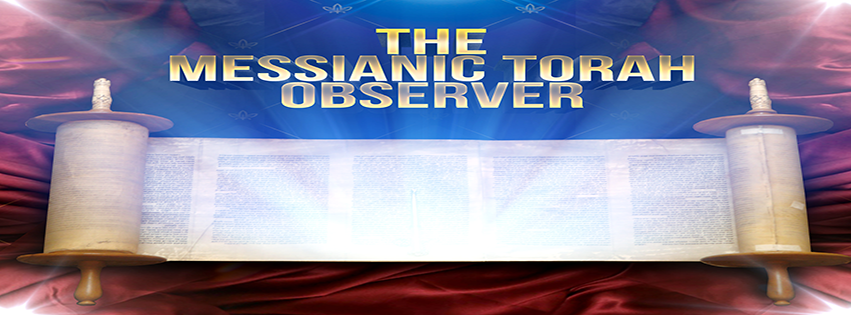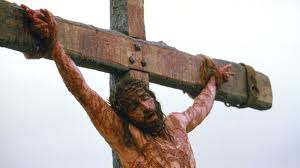Overview of Good Friday
- Commemorates the crucifixion of Jesus Christ
- Observed during “Holy Week” as part of the Paschal Triduum, with Friday preceding Easter Sunday
- Good Friday is otherwise known as Holy Friday, Great Friday, Black Friday, or Easter Friday
- Belief in a Friday crucifixion seems to derive from the Gospel account that details the crucifixion taking place the day before the Jewish Sabbath–Jn. 19:42
- The estimated year of the crucifixion is AD 33, although AD 34 as a date of the crucifixion was proposed by Sir Isaac Newton
- A legal, nation holiday in many countries, particularly in Western countries and in 12-U.S. states
- Unlike Easter, Good Friday does not appear to be linked to any pagan religion or religious observance
- Until the 4th century, the entirety of the Holy Week was observed on the evening before Easter. Since then, the Last Supper, crucifixion, and resurrection have been observed separately with Easter as the pivotal event
The Problems Associated with Good Friday Observance
- The Master prophesied of the time He would be in the ground; it is here that we must start–Matt. 16:21; Matt. 12:40; Matt. 17:23; cf. Jn. 1:17
- 3-days and 3-nights don’t add up in a Good Friday observance scenario, coming out to just 1.5 days, assuming He was buried late in the day on Friday and rose at sunrise on Sunday
- The crucifixion all but ignores the extreme importance of the Feasts of Yehovah as the backdrop to this event, Understanding how the Spring Feasts fall out on the Creator’s Calendar provides an easy understanding as to the very day and date of the crucifixion
- The Spring Feasts of Yehovah paint a prophetic shadow picture of the Passion of Jesus Christ (aka: Yeshua HaMoshiach)
- The most likely scenario:
- Yeshua was crucified and buried Wednesday, April 28, 28 CE
- Thursday, April 29, 28 CE, the 1st Day of Unleavened Bread=High Holy Day and High Sabbath–the disciples, the women, and the Pharisees rest
- Friday, April 30, 28 CE is the preparation day for the weekly Sabbath–the women purchase spices to embalm the body of the Messiah
- Saturday, May 1, 28 CE is the weekly Sabbath–everyone once again rests
- Sunday, May 2, 28 CE in the early morning near sunrise, Mirian meets the resurrected Savior in the garden cemetary
But wait! The 3-days, 3-nights, assuming a late Wednesday burial, mathematically takes us to a resurrection day of late Sabbath afternoon! Staying true to Yeshua’s prophecy of His death, burial, and resurrection, a sunrise Sunday resurrection then is not possible
- The Chronological Gospels-The Life and Seventy Week Ministry of Messiah, by Michael Rood–Aviv Moon Publishing, Fort Mill, SC (2013), lays this all out beautifully and with precision
Why Does Any of This Matter?
- Lent, Good Friday, and Easter are lies, not based upon the Bible, nor the Torah
- Yeshua taught we are to worship the Father in Spirit and Truth–Jn. 4:24
- Our relationship with the Father is based upon the rules Yehovah established-I Cor. 7:23
- The Father’s ways are not our ways-Isa. 55:8
- When it comes to our relationship with the Almighty, we are to follow His commandments. We are not to follow the ways of the world–Jer. 10:2. Yeshua say, if you love me, keep my commandments-Jn. 14:15; Lev. 22:31

